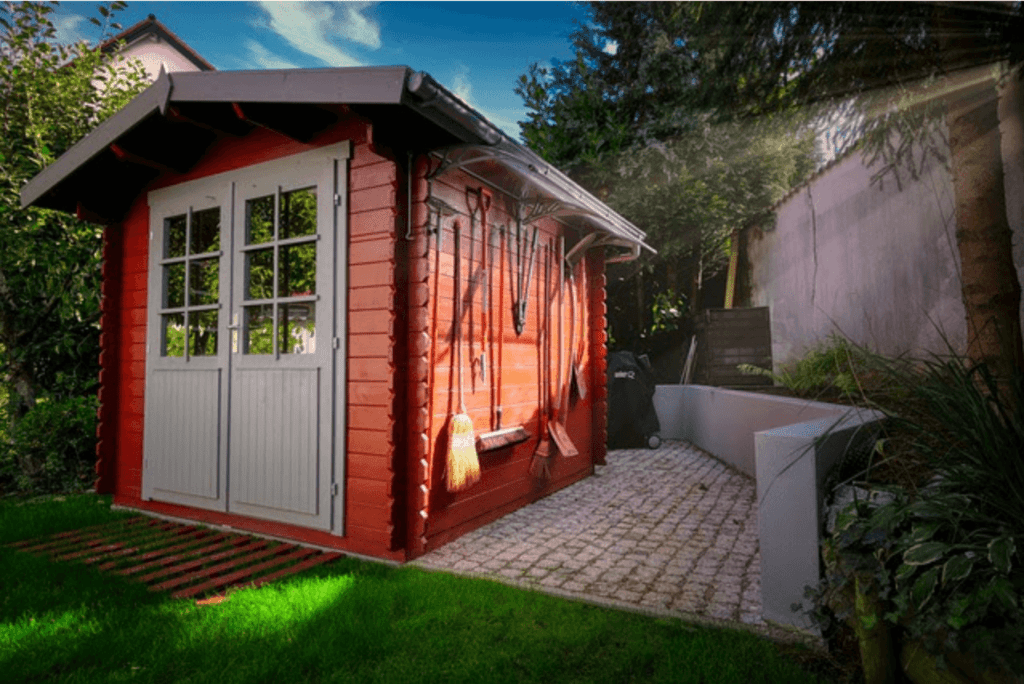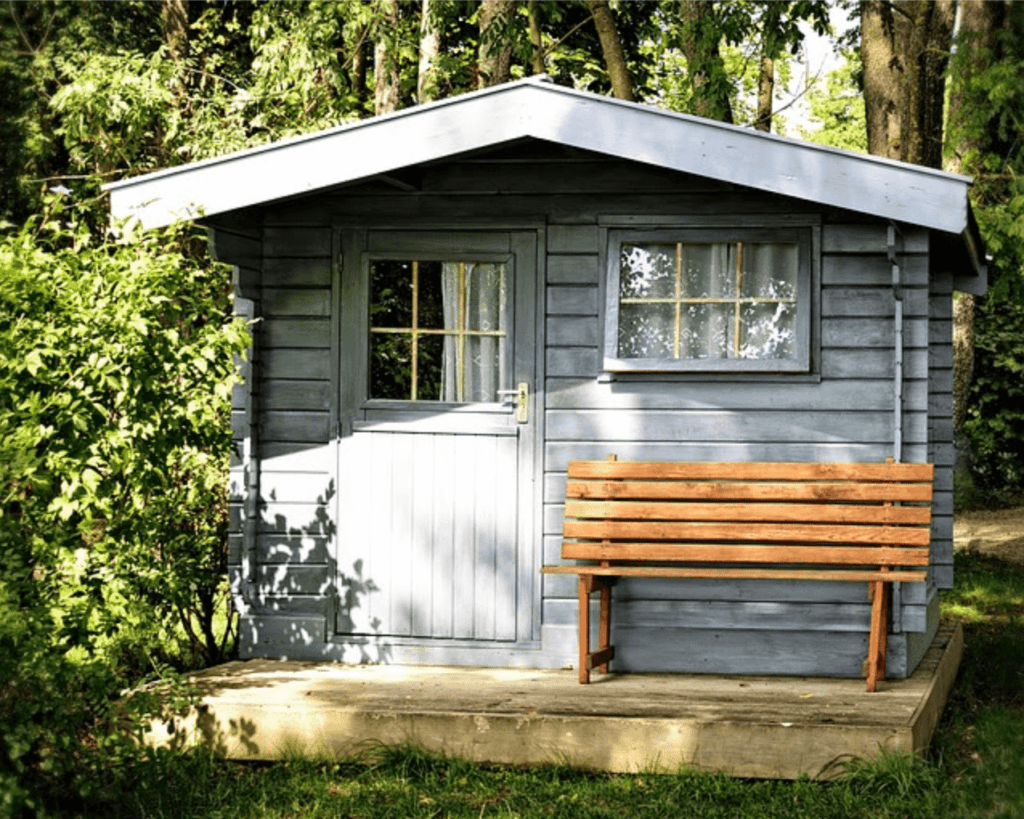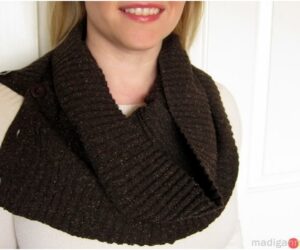This article will explore the top 8 shed design ideas that you can take inspiration from. With all different shapes and sizes, you will find one that suits your specific needs whether it be storage space for gardening equipment or a workshop for carpentry projects. These inspirations can help you get started on building your very own DIY dream shed!

Why should you build your own DIY dream shed?
There are many reasons why people want to build their own DIY shed. The first reason is that you can customize the design of your shed in any way that suits your needs. This makes it perfect for convenience, efficiency, and comfort because you have the ability to make changes to suit what works best for you.
What makes people attracted to creating their own sheds is also the ability to customize them. Not a lot of people know what is a modular shed but it is one that you can break down and take apart in the future if you ever need to move. This way, you can reuse your shed in multiple places or even sell it when it’s time to upgrade.
The last reason why building your own DIY dream shed is great is because if anything goes wrong, it’s easier to fix something on a small scale than on a large one. Building a project yourself also allows you to spend less money upfront since all materials are bought in advance – saving time and money later on for other things in life.
Having this in mind there is a lot of styles of sheds to choose from for inspiration so check out the best ones!
1. Corner Shed
A corner shed is designed to be used as storage space for gardening equipment, fruit trees, or other items that would not be appropriate to put in the front yard. Many people put their sheds in the backyard for this reason because they are out of sight and out of mind. Their look is also very rustic, which is why they work well for gardens. The corner shed has a small footprint but because it can be built at any height or length, you still have the ability to customize the size of your shed.
2. Traditional Storage Shed
Traditional storage sheds are usually left outside and are used to store lawn care equipment, gardening supplies, tools, and any other items you wish to keep outside. Because of their size and temperature-resistant materials, traditional storage sheds can also be used as outdoor “room” spaces during winter months when it’s too cold to be outside. Their design is useful for this because it includes a window and a door to allow sunlight in, which makes it feel more like an actual room.
3. Two Story Shed
Two-story sheds are used for storage space, but the second floor can also be used as a workshop for carpentry projects or small living spaces during the summer months when it’s too hot to use indoors. It will remind you of your college days in the fraternity house where everyone would sleep on the roof during heat waves!
These sheds usually have a very specific design and this is why they are used as workspaces or storage spaces because the stairs leading up to the second floor make it impractical for everyday use. However, if you do need a workshop space in your backyard with an outdoor porch for summer living as well, then the two-story shed may be perfect for you!
4. Lean-To Shed
A lean-to shed is mainly built against another structure such as a wall or fence to provide extra shade or cover from precipitation. People have been using its design since ancient times and will continue to do so long into the future! It has a straightforward and rustic appearance, with a small footprint to save space without sacrificing efficiency.
5. Greenhouse Shed
A greenhouse shed is usually attached to traditional storage sheds if they are large enough to accommodate one, and it is used to grow healthy fruits and vegetables. It can be a great learning experience for kids and adults alike, provided you know what you’re doing or have taken the proper courses in sustainable living! It looks like any greenhouse but it is attached to your existing shed so you have the added benefit of being able to control its temperature.
6. Barn Shed
Barn sheds are designed similar to traditional storage sheds with a large footprint because they are often used for storing hay or other farm animals. However, barn sheds can also be used as workshops because of the clearance needed to let tractors in. They are outfitted with large doors on one side of the building that opens up for easy access to equipment or livestock.
7. Garden Shed
Garden sheds are designed to be aesthetically pleasing and blend into your backyard, but they may have a basic design depending on their purpose. If they are used for storage, they can be connected to existing greenhouses on one side or on the back of the building. If they are used for workshops, then garden sheds are outfitted with large doors to make it easy to bring in equipment and move around furniture during carpentry projects. They are built taller on stilts so any dust or sawdust that falls off your project can’t escape.
A garden shed is also designed for gardening tools and supplies such as shovels, rakes, seedlings, fertilizer, and other items necessary to maintain a beautiful garden all year long.
8. Single Door Storage Shed
These are great for storing tools, lawn equipment, and anything else you want to keep outside. They are usually small enough that they can be moved around easily by one person if necessary. For this reason, single-door storage sheds are also known as portable storage sheds. They are not very aesthetically pleasing but they get the job done!

All in all, what is the purpose of your shed? Depending on its intended usage you can choose a design that will suit your needs. Make sure to take into account how much space you have in your backyard for suitable backyard shed kits and how much time you will be spending inside. If it’s a workshop, how many people do you expect to use the shed at one time? You don’t want it too small or too cramped. Make sure to take into account the projected costs before purchasing materials as well as any potential building permits that may need to be acquired from your local city hall.
With the proper research and planning, you too can have your very own dream shed!



